Interior designing can be one of the most challenging aspects of becoming a homeowner. Not only does it require a combination of creative and technical skills, it also requires a lot of time to find the right pieces to showcase your unique personality.
Once you’ve designed your dream home and filled it with furniture that best suits your home, the next step is to determine what kind of lighting techniques to use to highlight specific design features, artwork or furniture.
While lighting may seem like a daunting task, the expert electricians at AJ’s Electrical have listed their top four lighting techniques for highlighting design features.
Directional Lighting
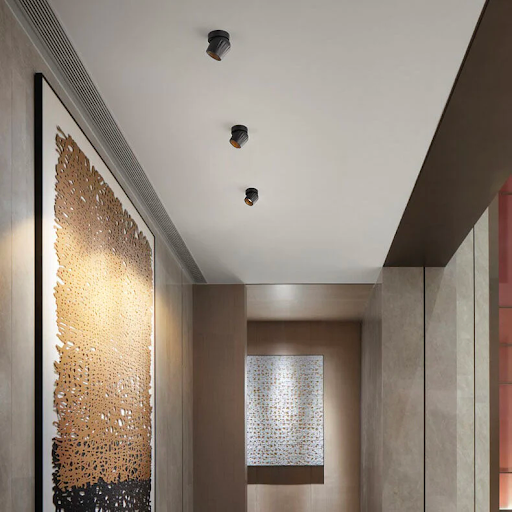
Directional lighting can be achieved through several methods including spotlights, track lighting or wall washing.
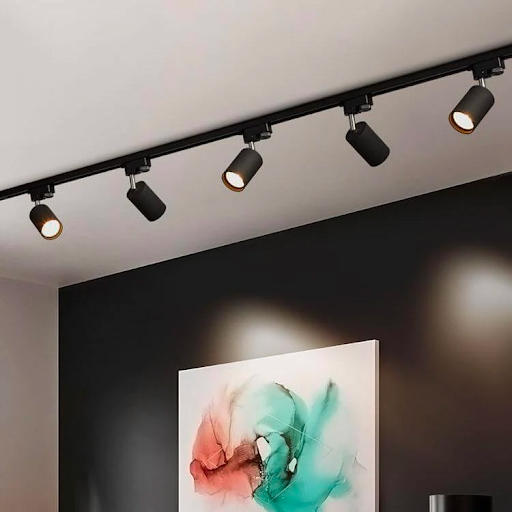
The essence of directional lighting involves directing light at specific angles to help bring attention to specific elements. These elements can be anything you want to highlight, which may include unique architectural designs or artwork. Also, it is important to carefully consider the placement and intensity of the lighting to achieve the desired effect. Experts like the ones at Situ Lighting can provide valuable insights and recommendations.
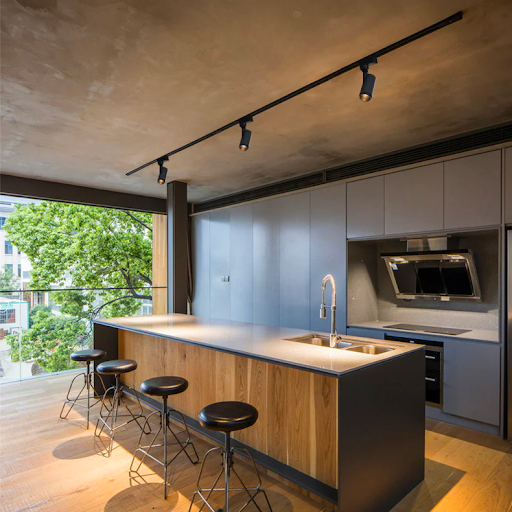
Directional lighting helps to highlight specific focal points and enhances the overall design of a room by using angles to create contrasting shadows which allow for features to stand out. Since the light is directional, it may also catch a viewer’s attention from further away.
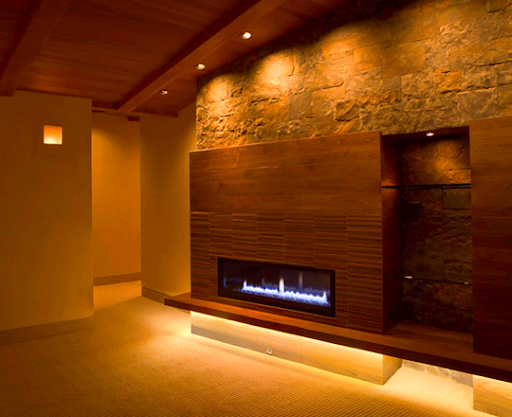
Accent lighting
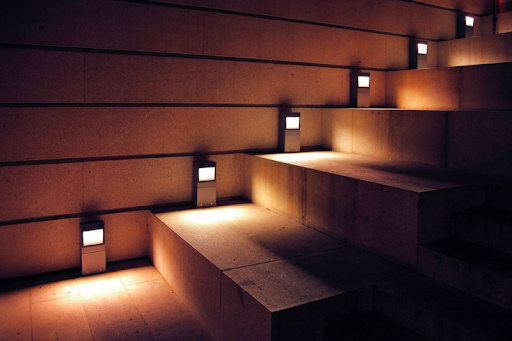
Accent lighting often involves the usage of wall sconces, floodlights, recessed lighting or torchiere lamps.
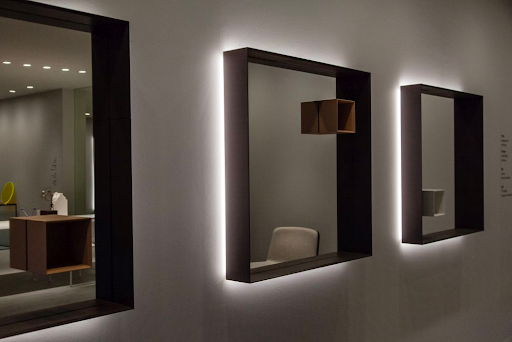
With this technique, objects in a room or specific features in your home are highlighted through focused light. Accent lighting is generally three times brighter than general lighting, helping to draw attention to the desired design feature.
For example, accent lighting is commonly used in museums as it helps to illuminate specific sculptures or paintings, emphasizing the importance of each piece and creating visual interest.
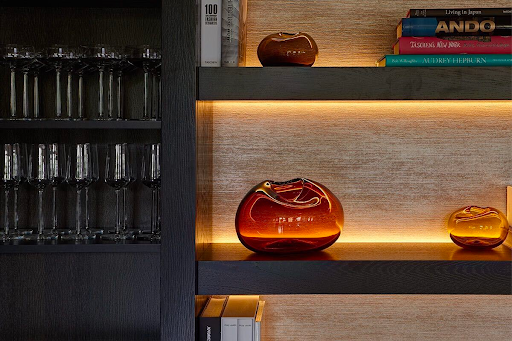
Uplighting
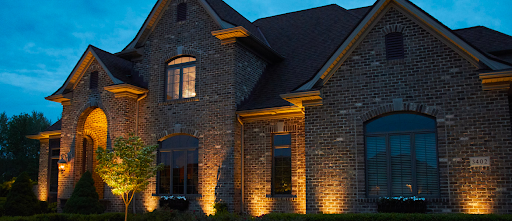
The most common type of lighting used to achieve uplighting is LED lights, specifically LED flood lights.
When done correctly, uplighting will help you illuminate a wall, ceiling or object from below which helps to create a dramatic effect. Typically the lights are found around the perimeter or base of a space.
Due to the attention-grabbing nature of this technique, it’ll help to draw visual attention to specific features or objects in a room.
Back Lighting
While you can achieve backlighting from various types of artificial lighting, the most commonly used type of lighting is LED floodlights.
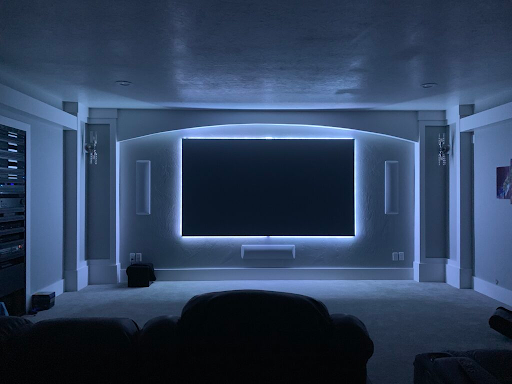
Backlighting, like it sounds, involves illuminating an object from behind. With this technique, the viewer and the lighting tool face each other while the feature that the designer wants to highlight sits in between them.
Since this technique creates a glowing effect on the edges of the subject, it also leaves other features darker. The contrast between light and shadow draws your eye towards the specific feature.

At the end of the day, don’t be afraid to go through trials and errors to find the perfect lighting technique for your home. The decision on which lighting technique to use depends solely on your personal preference and which one suits your vision the most. Whether you want a subtle or dramatic effect, there is a lighting technique perfectly suited for you.
















